“Waste is not waste, but a potential energy source.”
For a long time, there has been a sense of panic among people on how to deal with solid waste. After years to study and continuous research the idea of recycling potential waste was considered to be further carried out. The first plastic waste recycling mill was established in 1972 at Conshohocken, Pennsylvania that led the path for the future plastic waste recycling industries. However, not all of the plastic waste could be recycled even at that time as there are different types of plastic out there. PET (Poly Ethylene Terephthalate) that is being used in drink bottles, HDPE (High Density Polyethylene) used in dish washing and other detergents-based containers and there are also plastic bags made up of polyethylene that can take up to hundred of years to degrade. Now a days, there are approaches like incineration of waste that account for large dumps of waste. But, it has a lot of questionable concerns surrounding it making it a more controversial approach. This opens up a path to look at a more modern method called Pyrolysis.
While there is another category of solid waste that has been recycled by the approach of decomposition of organic material, feedstock for the case of food waste. The waste is gone through the process called composting where the product results in a compost, that is further sold at a profitable price. This compost is bought by farmers for the application of a soil conditioner in agricultural growth.
These approaches have been long taken for the disposal and management of the solid waste. Waste to energy refers to the idea of using waste for the generation of electricity or fuel that can be further used as an energy source.
Pyrolysis, unlike incineration, is considered to be a more attracting approach as this thermal chemical process converts any organic or carbon containing material into an energy rich oil and gas. This process is the thermochemical decomposition of organic materials in closed container with no oxygen and at high temperature. This process continuously involves the change of state of matter such that the melted material converts into a gas that gets up and some of it is collected, while the other heated vapors undergo the cooling process called condensation. By the end of this process, we have energy rich oil (bio-fuel) and biogas.
The temperature requirement can vary but mainly rely in the range of 400-600 Celsius but for the Fast Pyrolysis reaction a temperature of almost 550 Celsius is taken into consideration.
The energy-based oil product is highly useful and it is not futile. It can be used for industrial purposes such as; electricity or heat or it may even be further enhanced to be used as a transportation fuel. The main benefit of pyrolysis over combustion is that it doesn’t produce a gaseous fuel but rather a liquid based fuel that is applicable within the industry. The other major benefits of the pyrolysis include its ability to utilize non-recyclable waste and reduce the carbon footprint from the world.
Pyrolysis approach has been already in use in different regions of the United States. The aim of the pyrolysis is to utilize the carbon rich biomass and extract the energy that is carried within the material.
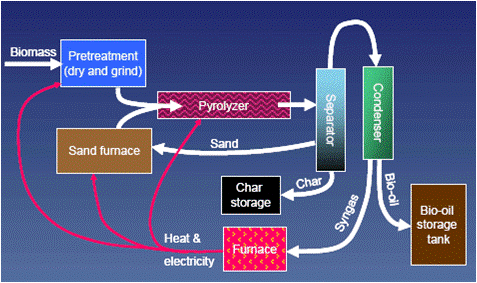
Figure 1: Fast Pyrolysis Reaction
The products of the pyrolysis reaction include,
1. Bio-oil
2. Bio-char
3. Syngas
It is estimated that 60-70% of the total biomass is converted into the bio-oil, 15-20% is converted into the biochar while the remaining 10-15% is converted into the syngas.
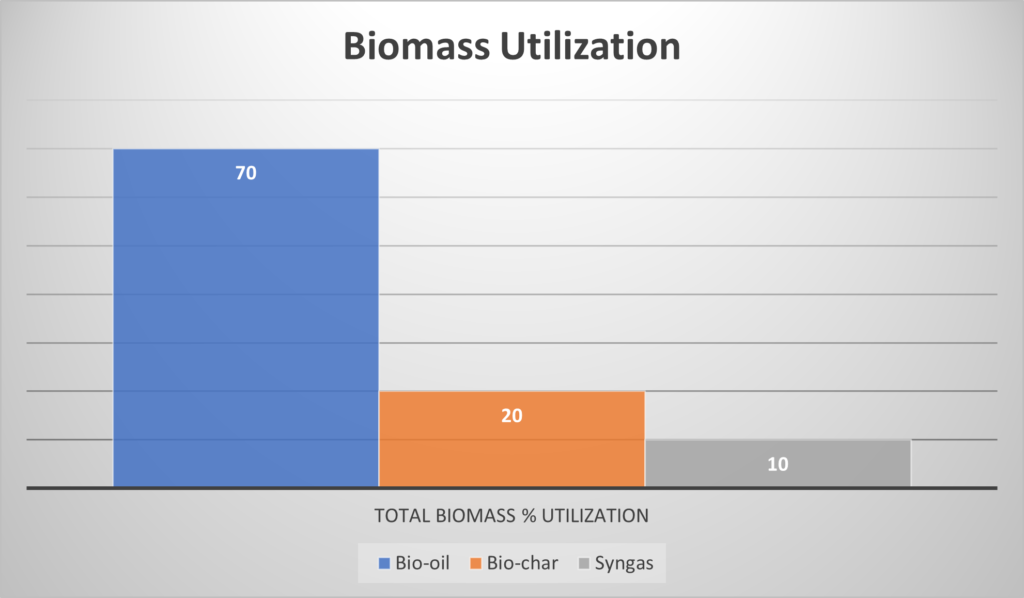
Figure 2: Biomass utilization by percentage
1. Bio-oil
It is a complex homogeneous mixture of dense organic compounds in form of a liquid. It has the potential to be used in industrial applications with a range to be developed into a renewable transportation fuel. It is noted that it`s density is greater than 1 kg/L that is a lot more than the feedstock.
2. Bio-char
With the basis of carbon, the bio-char that is left within the pyrolysis reactor after the process has been done; can be used in the soil as a soil conditioner. Its ability to be highly absorbent increases the soil capability to retain water and nutrients. This further prevents water contamination and soil erosion.
3. Syngas
The syngas is considered to be a by-product of the overall process and it is relatively very low in quantity when compared to the other products thus it lacks major potential use. However, it does have the characteristics to be used as a bio gas.
Pyrolysis hasn`t only been used for the efficient waste to energy conversion of the biomass but it has further been studied for the recycling of plastic waste. Plastic waste such as, PET (Poly Ethylene Terephthalate) have been used for this specific purpose. The pyrolysis is capable of recycling any type of plastic thus standing out as the go-to approach.
During the recent pandemic, a lot of plastic waste was generated in the form of masks and other PPEs (Personal Protection Equipment). So, this boosted the already existing waste generation charts to humongous figures, by this time the waste to energy approaches such as; fast pyrolysis reaction was taken into consideration in order to tackle the numbers of plastic waste generated during that time.
Currently studies are being made and researchers are spending a lot of their time to focus on more approaches that have more pros than cons. Incineration can be used in a controlled method for the generation of energy but there is big question mark over it as it becomes a breeding home for the possible production of the greenhouse gases. The world is already going through the global warming scenario and climate change has been a disaster for some of the more under-developing countries. So, the United Nations have imposed guidelines over the incineration process. Pyrolysis process on the other hand does play its part in the pollutant production. But considering the ratio of the waste that is reduced in volume and utilized to the small amount of pollutant released there are still concerns but they are not that big as the ones of incineration. Moreover, pyrolysis is carried out in a closed container till the material is gasified thus it has very little emissions. Further studies are being conducted and modern technologies are going through their trail runs.

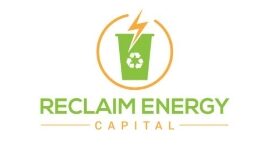
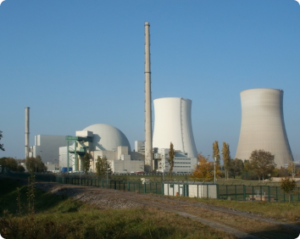
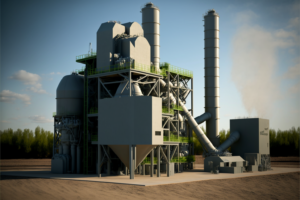
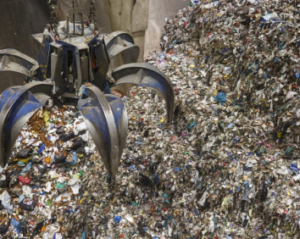

Recent Comments